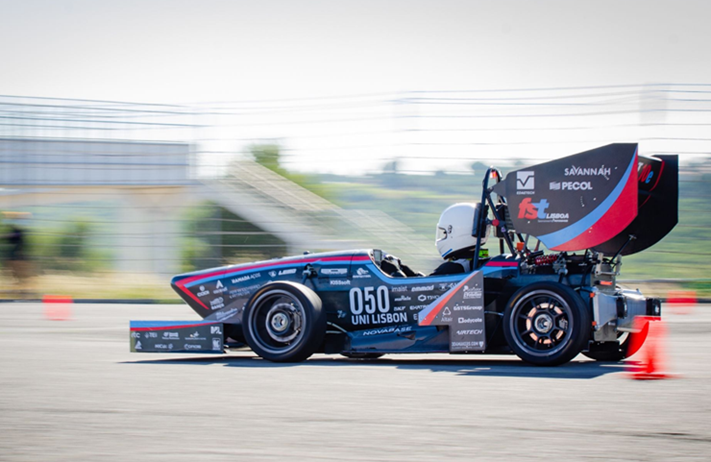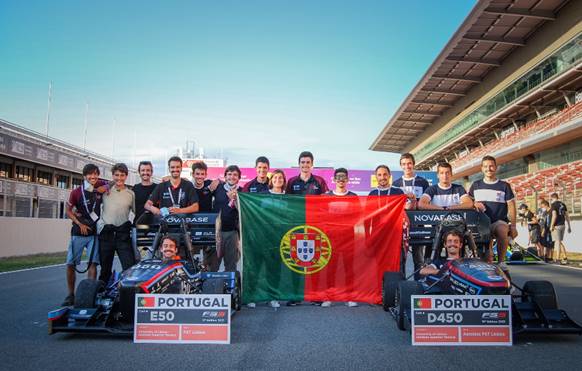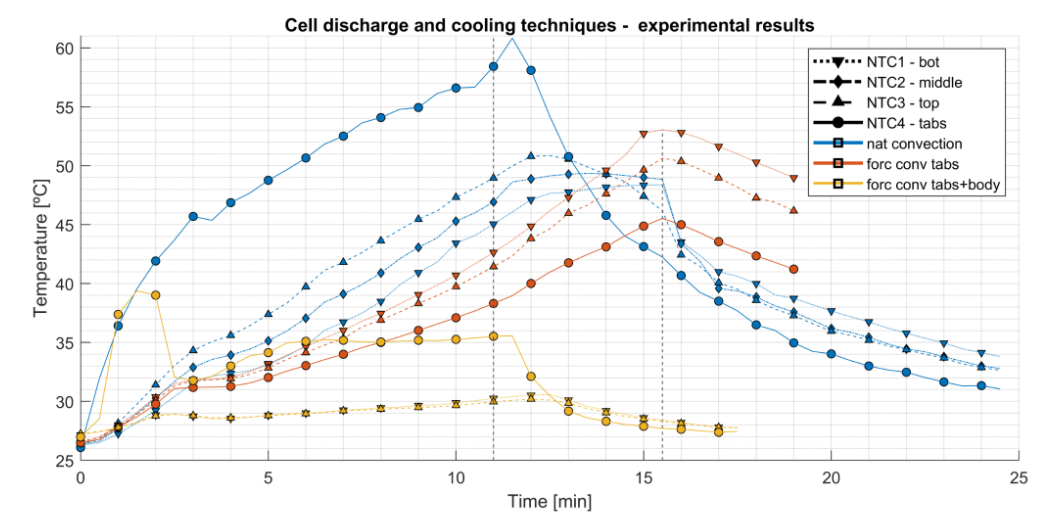Murata Sensor Technology Pivotal to EV Battery Temperature Monitoring
The Formula Student contest has been running for over twenty years. It brings together teams from universities across the entire European continent to compete against one another, with over 100 different teams participating each year. The event program encompasses innovations in internal combustion engine vehicles, electric vehicles (EVs) and autonomous driving, with teams taking their initial design concepts and constructing advanced single-seater racecars.

Instituto Superior Técnico, University of Lisbon
Always keen to encourage the endeavors of young engineers who are about to start out on their careers, Murata has regularly been involved in this competition. This year, the company has given its support to the team from the Instituto Superior Técnico, University of Lisbon - known as FST Lisboa.
As well as financial backing, Murata also provided key items of electronic hardware.
The EV class competition is very highly contested, with an increasing number of teams entering this category every year. They each develop highly efficient powertrains for their vehicles and complement these with sophisticated battery management system (BMS) implementations. It is vital that the teams entered can accurately monitor the temperature of their vehicle’s Li-Ion battery resource during operation and prevent any risk of overheating occurring. The competition rules require that at least 30% of the cells within the battery are continuously monitored to ensure that they do not go beyond a temperature figure of 60°C.

Challenges
The 20km endurance test that the competing EVs must go through presents a major engineering challenge. Race officials place independent cell temperature monitoring devices onto the respective batteries of competing vehicles to evaluate the ability of these batteries to cope with the extreme operational conditions and ambient
environments to which they are exposed. The devices can then identify any potential hotspots that might emerge. So as to maintain optimal performance, the FST Lisboa team always looks to keep battery cell temperatures as close to 40°C as possible. In previous designs, it had relied on rudimentary convection-based external air cooling to keep the battery cells from overheating. There were times when this had not been adequate though - with cells coming close to hitting the 60°C threshold that would have resulted in immediate disqualification from the Formula Student competition. A better strategy was therefore needed.
Having undertaken detailed thermal studies, senior team members concluded that a more effective approach would be to directly cool the tabs on the pouch cells, rather than trying to cool the whole cell body. Changes to the chassis design meant that air coming from inlets on either side of the vehicle could be more efficiently delivered to the battery interior. To supplement this, the BMS controlled two variable speed fans that were located inside the individual air ducts. A further fan situated to the battery’s rear would help to expel warm air. The two inlet fans may be individually controlled - so that if the cells on one side appear to be running hotter, then the amount of air that passes through the related duct can be increased.

For monitoring purposes, the BMS arrangements used by the two FST Lisboa racecars each incorporate an array of automotive-grade temperature sensors supplied by Murata. Based on high accuracy negative temperature coefficient (NTC) thermistor technology, these devices have a 1% resistance tolerance and exhibit industry leading stability. They are supplied in a compact 1005 format package and have an operational temperature range spanning from -40°C to 125°C.
The Murata temperature sensors
The FST Lisboa team soldered the sensors in close proximity to the tabs for each individual battery cell being monitored. Specialist thermal glue has been used to attach them, in order to maximize the thermal conductivity levels that could be achieved. Data captured by the sensors now gives the team accurate and constantly updated feedback on how well the cooling system is working. This data is transferred to the BMS via a SPI interface. If an overheating situation occurs, then the BMS will alert the driver by passing a signal through CAN bus to a visual indicator on the dashboard.
Rather than monitoring only 30% of the cells, the team implemented a system that provides temperature figures on 60% of the cells. Consequently, there is more than enough redundancy within the system to mitigate any prospective failure.
The FST Lisboa team are currently preparing their vehicle for the next Formula Student event in July. Everyone at Murata wishes them great success and are confident they will do well.
FAQ: https://www.murata.com/en-eu/support/faqs/thermistor
